Cheyletus eruditus
Cheyletus eruditus is a predatory mite that commonly lives in bulk food stores such as granaries. It is also often found in animal feed, bedding, house dust, poultry litter, and mammal and bird nests.
Cheyletus eruditus diet comprises a variety of insects and mites. All active life stages are cannibalistic in the absence of other prey.
Cheyletus eruditus has been collected from many countries around the world. It can be reared in large numbers and this makes it useful in the biocontrol of pest mites that infest harvested cereal and cereal products.
Living C. eruditus are white to pale yellow in colour. The female is about 0.5mm long, males are slightly shorter.
Like other species of the family Cheyletidae, the mouthparts are large, prominent and join the body at its anterior limit.
Species detail
-

Taxonomy
Cheyletus eruditus is smaller than a pin-head. It has a translucent pale-yellow colour and large conspicuous mouthparts. Find out more about the morphology of this predatory mite.
-

Distribution and habitat
Cheyletus eruditus has a worldwide distribution and has been collected from many countries. Discover where it lives and how it attacks its prey.
-

Biology
Find out more about this mite's life-cycle and discover how its life-span varies according to environmental conditions.
-

Behaviour
Find out why Cheyletus eruditus has been linked to dermatitis in humans, and how it is adapted to feed on its arthropod prey.
-

Biological control
Cheyletus eruditus is the only biological control agent used to control pest mites in food storage systems, such as grain and seed stores. Find out more.
-

References
Get more reference material for Cheyletus eruditus.
Images

Cheyletus eruditus is a predatory mite that is used as a bio-control agent to reduce mite infestations in grain stores.
© P York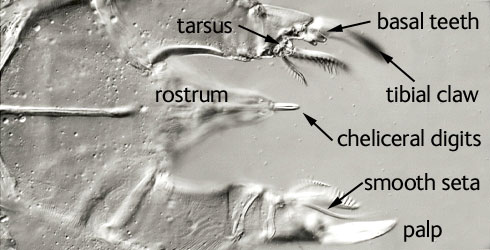
View of the underside of the gnathosoma comprising the structures involved in feeding.

The ambulacrum is the structure at the end of each leg on which the mite walks.
© P York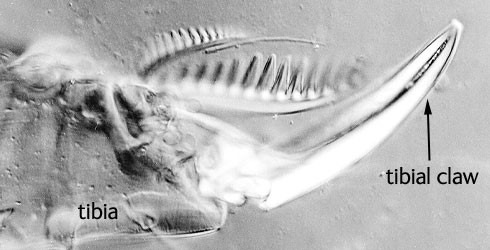
The strong palp tibial claw is used to handle prey.
© P York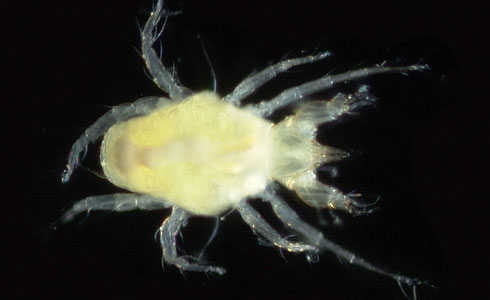
Cheyletus eruditus has been collected from many countries around the world.
© H Taylor
Cheyletus eruditus peritremes are slender and together form an M-shape.
© P York
The shape of the shields, and number and arrangement of setae on the upper surface of the body are characteristic of Cheyletus eruditus.
© P York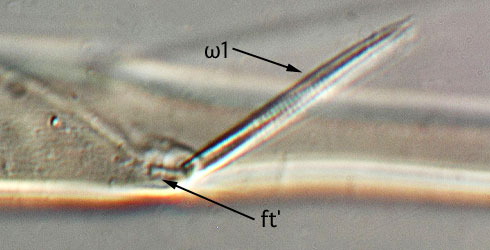
Solenidion ω1 on leg I is on a small mound about half way along the tarsus and at least twice as long as seta ft′ behind it.
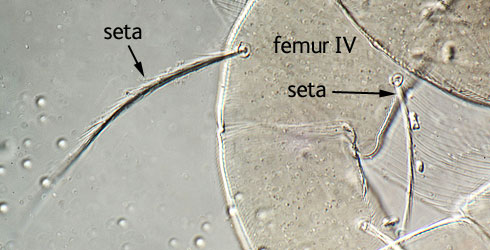
The femur of leg IV of Cheyletus eruditus carries two setae that are touch-sensitive.
About the author
A word from the author
'Reports of mites living with humans and their food usually relate to the damage caused by certain species. Cheyletus eruditus is an example of a beneficial mite that can reduce pest populations and also pesticide use.'

